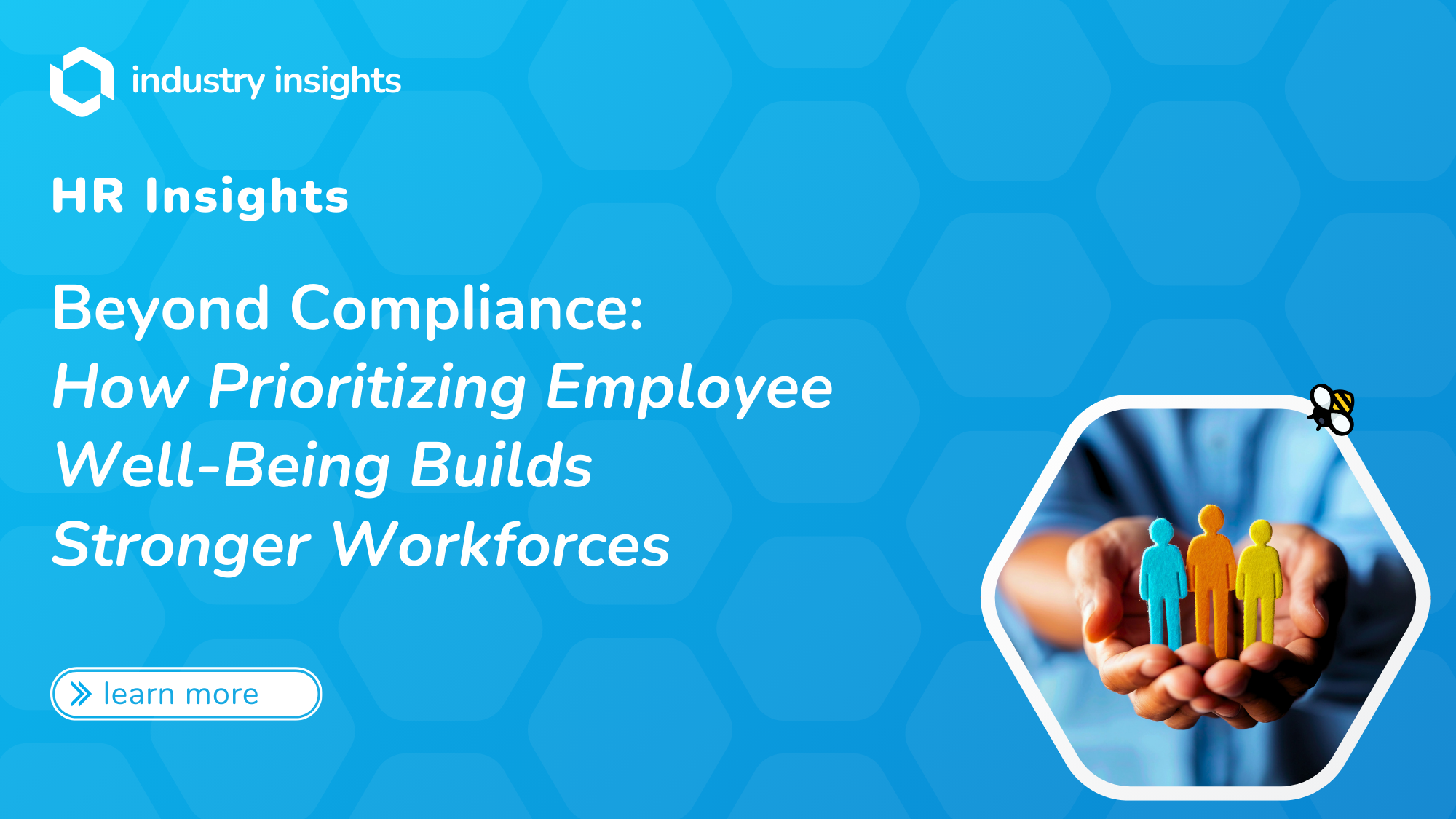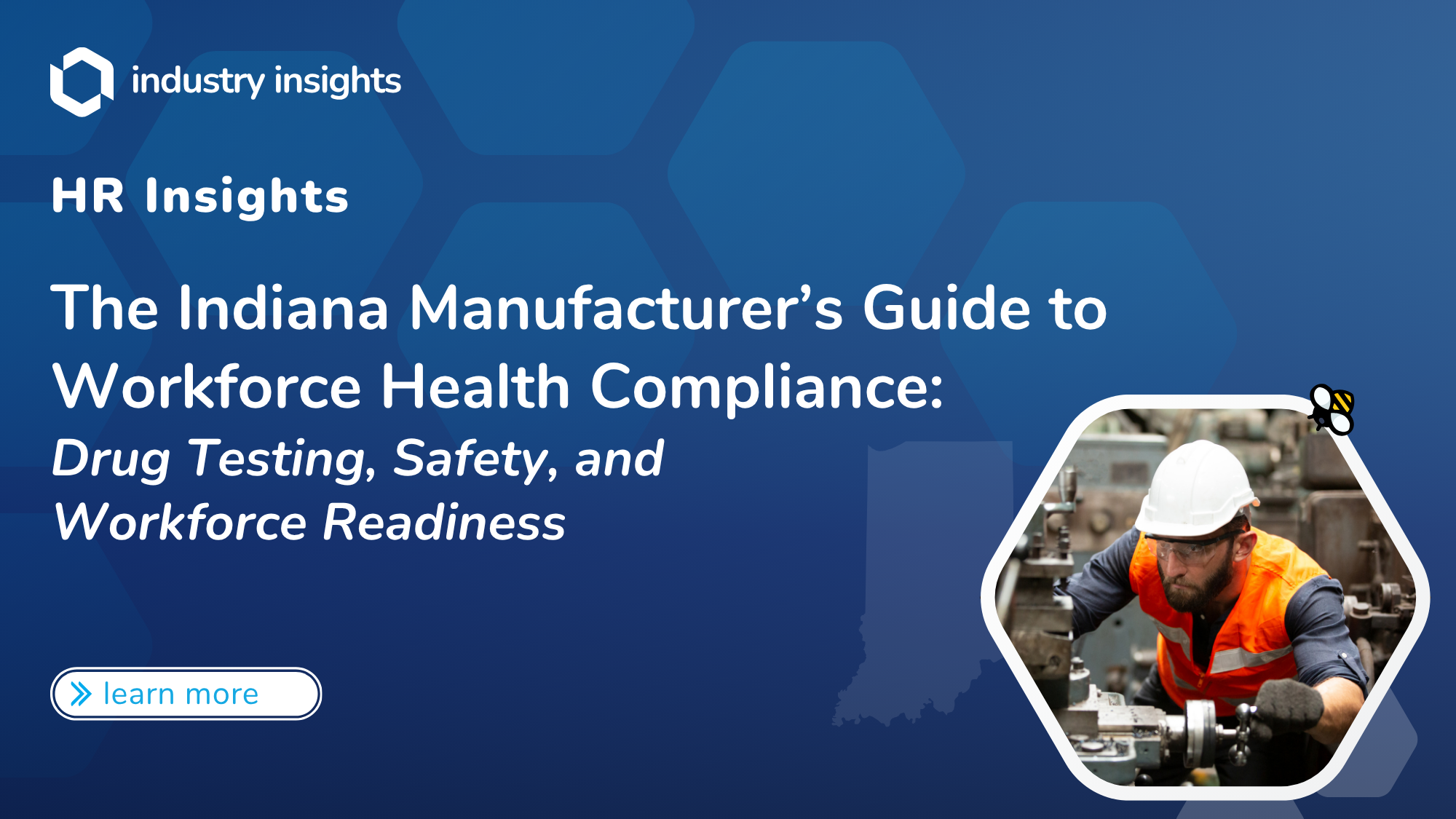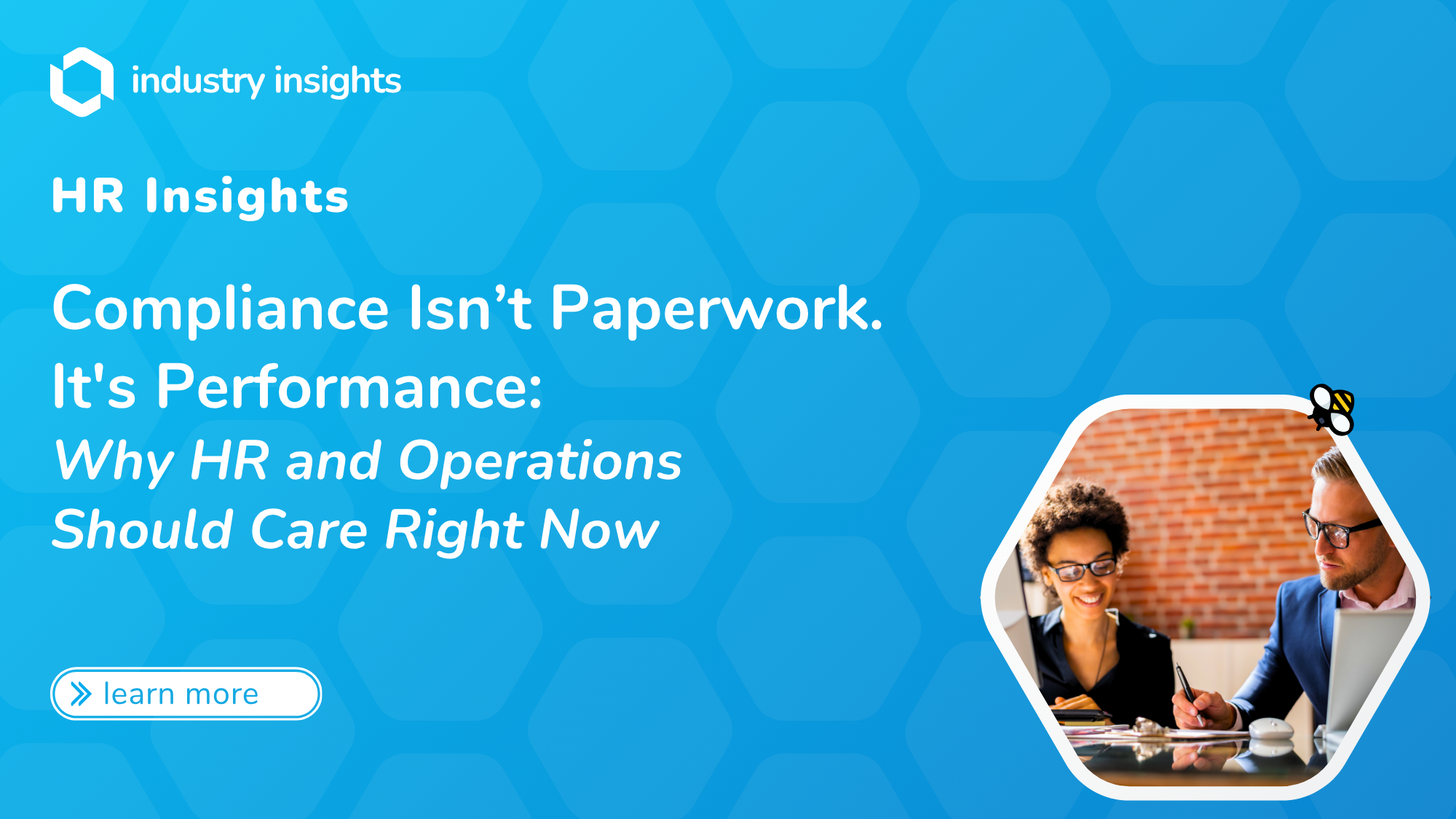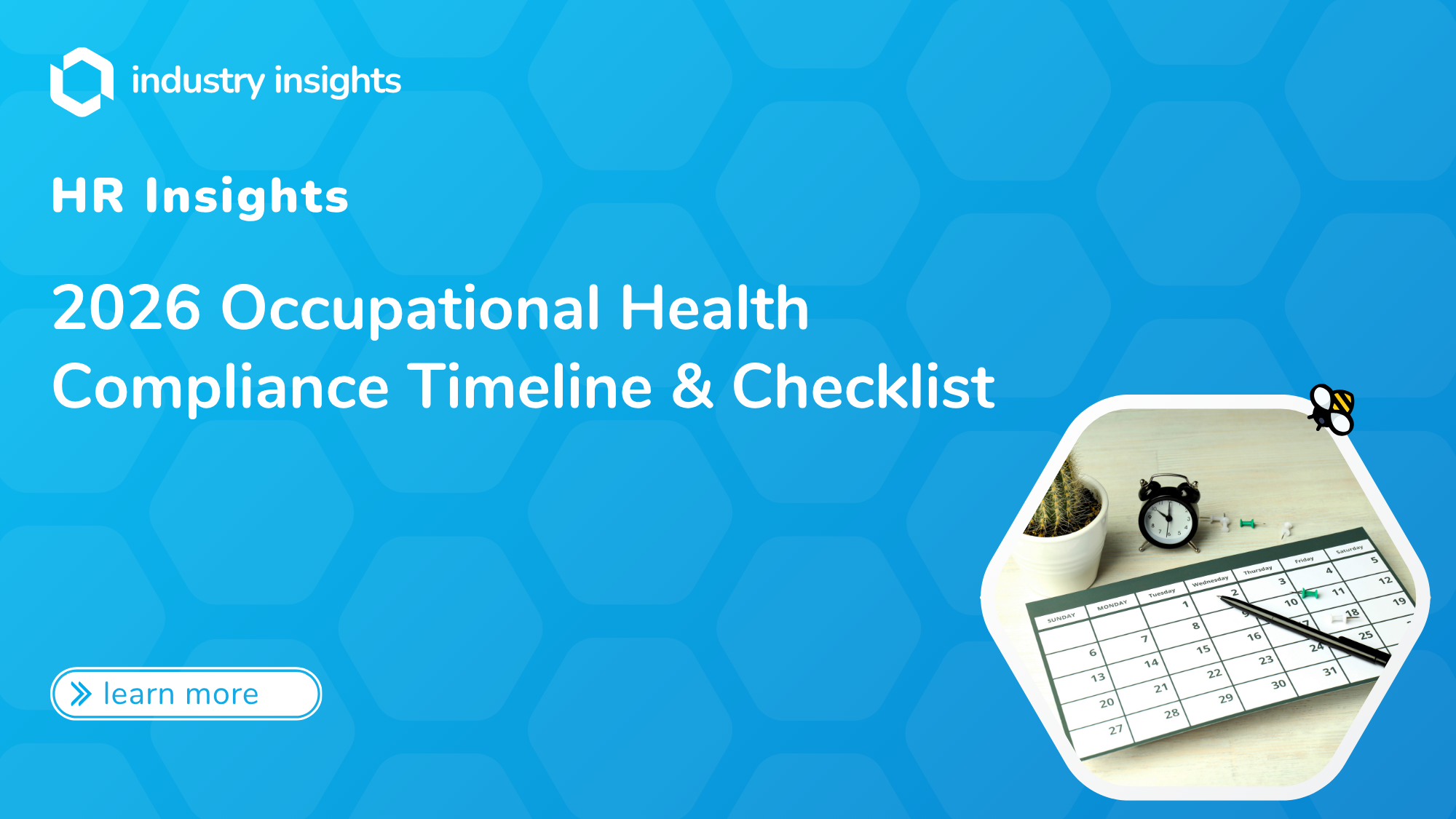Every HR leader knows the drill: drug screenings, physicals, fit-for-duty exams, and OSHA checklists. These measures are essential, but they are just the floor, not the ceiling. Regulations keep employees safe, but they do not necessarily help them thrive.
Here is the truth: employees want more than safety. They want to feel supported, cared for, and valued. That is where well-being enters the picture. Moving from a compliance-only mindset to a wellbeing-focused culture is not only better for employees – it is also better for business.
The Limits of Compliance
Compliance sets the minimum standards for protecting workers. Meeting OSHA and DOT requirements helps companies avoid fines, lawsuits, and reputational damage. But compliance alone misses key areas:
- Mental health: stress, depression, and burnout often go undetected until they become crises (World Health Organization [WHO], 2022).
- Preventative care: compliance does not mandate wellness screenings that can catch chronic conditions early.
- Employee engagement: following rules does not automatically create a workplace where employees feel supported.
In other words, compliance keeps your organization legal, but it will not guarantee a healthy, resilient workforce.

Why Well-Being Matters for Business
Prioritizing employee well-being is not just the right thing to do, it is also a proven business strategy. Research consistently shows that healthier employees are more engaged and productive.
- Companies with strong well-being programs see 41 percent lower absenteeism and 17 percent higher productivity (Gallup, 2023).
- Stress-related absenteeism costs U.S. employers an estimated 300 billion dollars annually (American Institute of Stress, 2023).
- Organizations that invest in employee well-being experience significantly higher retention rates, which reduces costly turnover (Gallup, 2023).
The ROI is clear: when employees feel well, the business performs well.

Building a Culture of Care With BlueHive
This is where BlueHive shines. Our platform goes beyond compliance to provide employers with a broad network of health services, all in one place.
- Preventative Health Screenings: Identify risks early and keep employees healthy long-term.
- Mental Health Screenings and Counseling: Address one of the most pressing workplace challenges today (WHO, 2022).
- Stress Management and Wellness Programs: Provide employees with resources to navigate burnout before it becomes a liability (American Institute of Stress, 2023).
- Traditional Compliance Services: From drug screenings to physicals, compliance needs are still fully covered.
With BlueHive, HR teams can spend less time buried in paperwork and more time focusing on what matters: employee wellbeing.

Making Well-Being Practical For HR Teams
It is one thing to want to invest in well-being; it is another to make it practical. HR teams are often stretched thin and overwhelmed with compliance tracking. BlueHive makes integrating wellbeing realistic by:
- Connecting organizations to a vast provider network across the U.S.
- Offering customizable portals for streamlined communication and compliance tracking.
- Providing a one-stop shop solution where HR leaders can manage everything from drug screenings to stress management programs in a single platform.
The result? HR leaders do not have to choose between compliance and care. They can deliver both.
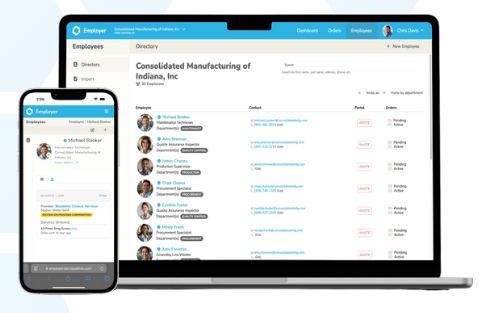
Conclusion
Compliance is non-negotiable. But in today’s workforce, compliance alone is not enough. Employers that put employee wellbeing at the center of their strategy not only reduce risk, they gain an edge in recruitment, retention, and performance.
With BlueHive, you do not have to choose between safety and support. You get both: simplified compliance plus a culture of care. That is the future of occupational health, and it starts now.
Download the Whitepaper
Sources
- American Institute of Stress. (2023). Workplace stress statistics. Retrieved from https://www.stress.org/workplace-stress
- Gallup. (2023). State of the Global Workplace: 2023 Report. Gallup, Inc. Retrieved from https://www.gallup.com/workplace/349484/state-of-the-global-workplace-2023-report.aspx
- World Health Organization. (2022). Mental health at work. Retrieved from https://www.who.int/publications/i/item/9789240057944

